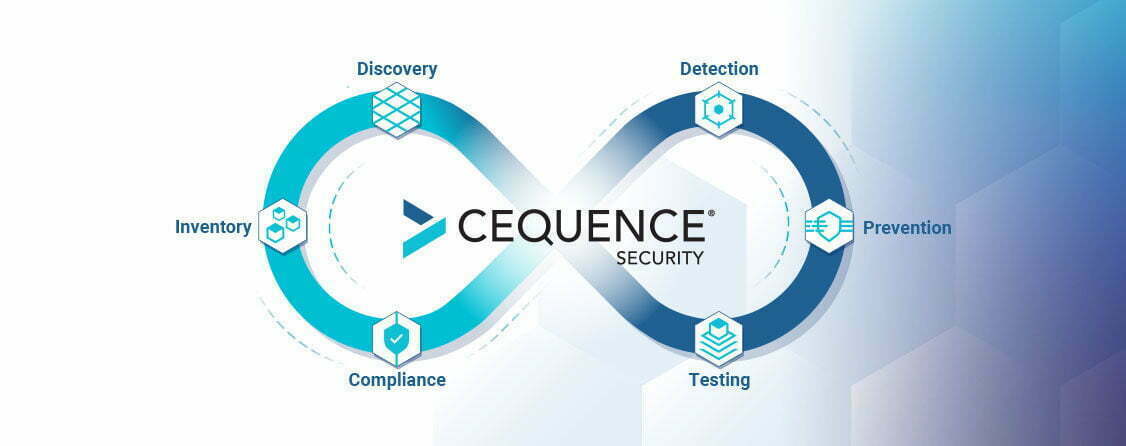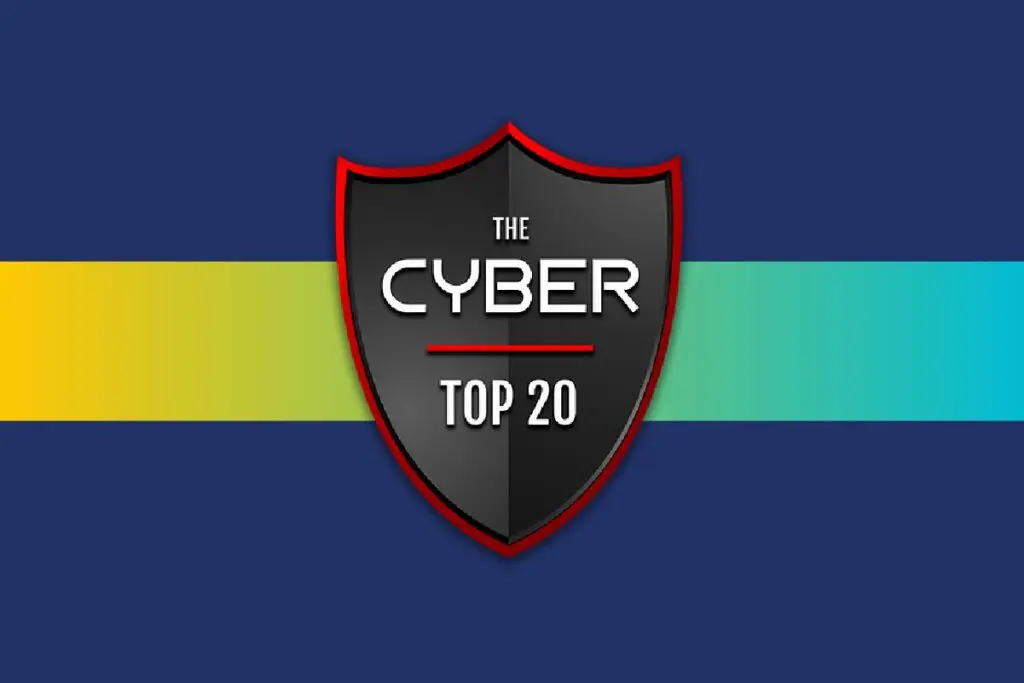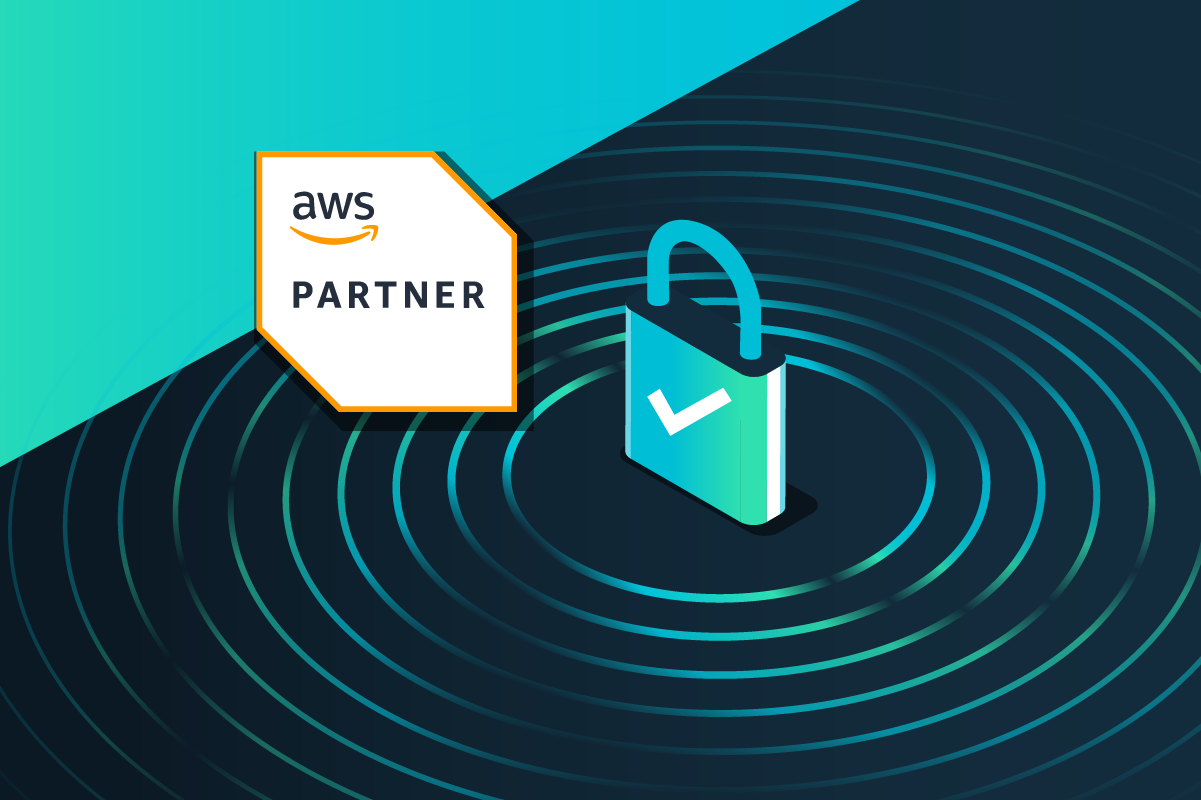Unified API protection is defined as the ability to secure your APIs across every phase of the application protection lifecycle. To ensure business success, security teams must prevent misuse, abuse, fraud, data loss and non-compliance across their legacy web and mobile application connections, but now even more importantly over the APIs that the business depends on. Rather than trying to address the need for API security with retrofitted web tools, or point-products that focus on a single aspect of the API lifecycle, Unified API protection represents a new end-to-end approach whose time has come.
To ensure business success, security teams must prevent misuse, abuse, fraud, data loss and non-compliance over not just their legacy web and mobile application connections, but now even more importantly over the APIs that the business depends on.
And with today’s speed of application development and already stretched applications security teams and tools, the challenge of securing the organizations API infrastructure without slowing down their usage and growth is becoming increasingly critical and difficult.
Why Traditional Security Tools Fail APIs
Today’s security teams simply lack the visibility and defense capabilities they need to reduce their ever-growing risk profile from APIs and other application connections. First, they need to ensure APIs are error, misconfiguration and vulnerability free. Second, they need to protect those APIs that are perfectly coded.
They often deploy a strategy of trying to shift more burden of security and compliance to development teams and testing or extending their existing security tools such as web application firewall (WAF) mitigation and API gateways to their known API risk surface.
These efforts to extend, exert and shift fall short by leaving the organization with unknown and unmitigated security and compliance exposure from “shadow” APIs and infrastructure. What’s more, they don’t provide a means to detect and block sophisticated attacks that look like legitimate traffic or transactions but are attempts to evade and commit fraud and theft.
The lack of visibility and defense capabilities they need to protect the ever-growing risk from APIs and other application connections can result in the adopted belief that compliance with PCI or SOC 2 combined with a DevOps mentality supported by existing WAFs or API gateways is sufficient to identify their API risk surface, exert more management and security controls.
The problem with these strategies is that they have no way to “know the unknown,” meaning they aren’t able to look for all APIs and API vulnerabilities without knowing where to look. In addition, they fail to uncover and assess risk into the APIs that are only discoverable through an edge deployment or outside in view of the organization’s footprint.
What’s more, these approaches, depend on shallow and easily evadable detection and lack the real-time ability to discern good from bad API activity that use least common denominator static protection spread across multiple technology solutions.
This lack of visibility and protection puts the security and development teams under pressure to do the impossible, leaving them anxious, fatigued, and frustrated stuck in spreadsheet and communication loops and too often at odds with their development and operations teams. This results in the organization being at significant risk of business logic attacks and abuses, compliance failures, and data losses.
Unified API Protection
To combat the ever-present risk evident with APIs requires a unified and fully integrated approach that works across the entire API protection lifecycle, protecting all APIs, across all API implementations, channels, and infrastructure environments, and all user groups and business use cases.
The approach must discover and create a complete runtime inventory of all managed and unmanaged APIs and provide comprehensive API protection including not just complete discovery and runtime inventory, but compliance monitoring and remediation, threat detection, and inline, robust threat prevention.
This unified API protection solution would need to deploy and scale quickly, easily and cost effectively without the need for intrusive instrumentation or sensors that slow development and deployment and prevent effective scaling.
Last, the approach must protect against today’s agile, sophisticated, and persistent attackers and their always changing attacks through native, real-time attack detection, alerting, and inline stealthy mitigation that leverages ML, AI, and global API threat intelligence to fingerprint and identify attacks well beyond evadable, least common denominator domain-based signatures.
Cequence Unified API Protection – Eliminate the Unknown, Protect the Unprotected
The Cequence Unified API Protection solution is the only offering that addresses all phases of the API protection lifecycle to defend your APIs from attackers and eliminate unknown and unmitigated API security risks that can lead to data loss, fraud, and business disruption. The Unified API Protection solution is comprised of:
- API Spyder: An API attack surface discovery and management tool that continuously assesses your public facing APIs and resources to show you exactly what an attacker sees from an outside-in perspective. API Spyder discovers your sub-domains, the cloud hosting service in use, any associated API endpoints, and the servers that may be exploitable using vulnerabilities such as Log4j. Results are visualized in an easy-to-use dashboard for easy and rapid remediation.
- API Sentinel: Provides an inside-out view of your APIs by integrating with any network infrastructure element to create an up-to-the-minute catalog of all your APIs, managed, unmanaged. Predefined ML-based risk assessment rules help uncover sensitive data handling, weak or missing authentication, and specification conformance coding errors for remediation.
- Spartan: Detects and prevents the most sophisticated automated API attacks and business logic abuse using hundreds of ML rules that leverage an API threat database with billions of malicious behaviors, IP addresses and organizations. Native, policy-based response options ensure that any detected attack is blocked, in real-time, without reliance on a third-party WAF or other security component.
Security teams deploying the Cequence Unified API Protection solution eliminate unknown, unprotected, and unmitigated API risk. They achieve continuous protection of their complete API risk surface, enabling their organizations to reap the competitive and business advantages of ubiquitous API connectivity securely and compliantly.
And the good news is that with the launch of API Spyder, we’ve delivered what we think the world needs. The final piece of our Unified API Protection solution.
Cequence now delivers complete visibility and assessment of your full API inventory, and its security risk and compliance status. What’s more it provides monitoring and alerting on malicious traffic and risky changes across your entire API footprint allowing your team to quickly understand and rapidly respond to new risks. And in the case where APIs aren’t necessarily coded or configured incorrectly, it provides real-time, native, and robust inline threat prevention, stealthily blocking attacks without manual intervention or false positives.
By stopping attacks without disrupting good traffic, security teams deploying Cequence Unified API Protection enable their organizations to increase revenues, lower service delivery costs, and improve user experience across all their API enabled applications. And they relieve the anxiety and costs of unknown risk because they eliminate previously unprotected and unmitigated API security and compliance exposures. Cequence improves visibility and protection while reducing cost, minimizing fraud, business abuse, data losses and non-compliance while creating attack futility, failure, and fatigue for even the most relentless of attackers.
Get Started Today with the Cequence Unified API Protection solution
Sign up for the latest Cequence Security news
By clicking Subscribe, I agree to the use of my personal data in accordance with Cequence Security Privacy Policy. Cequence Security will not sell, trade, lease, or rent your personal data to third parties.




